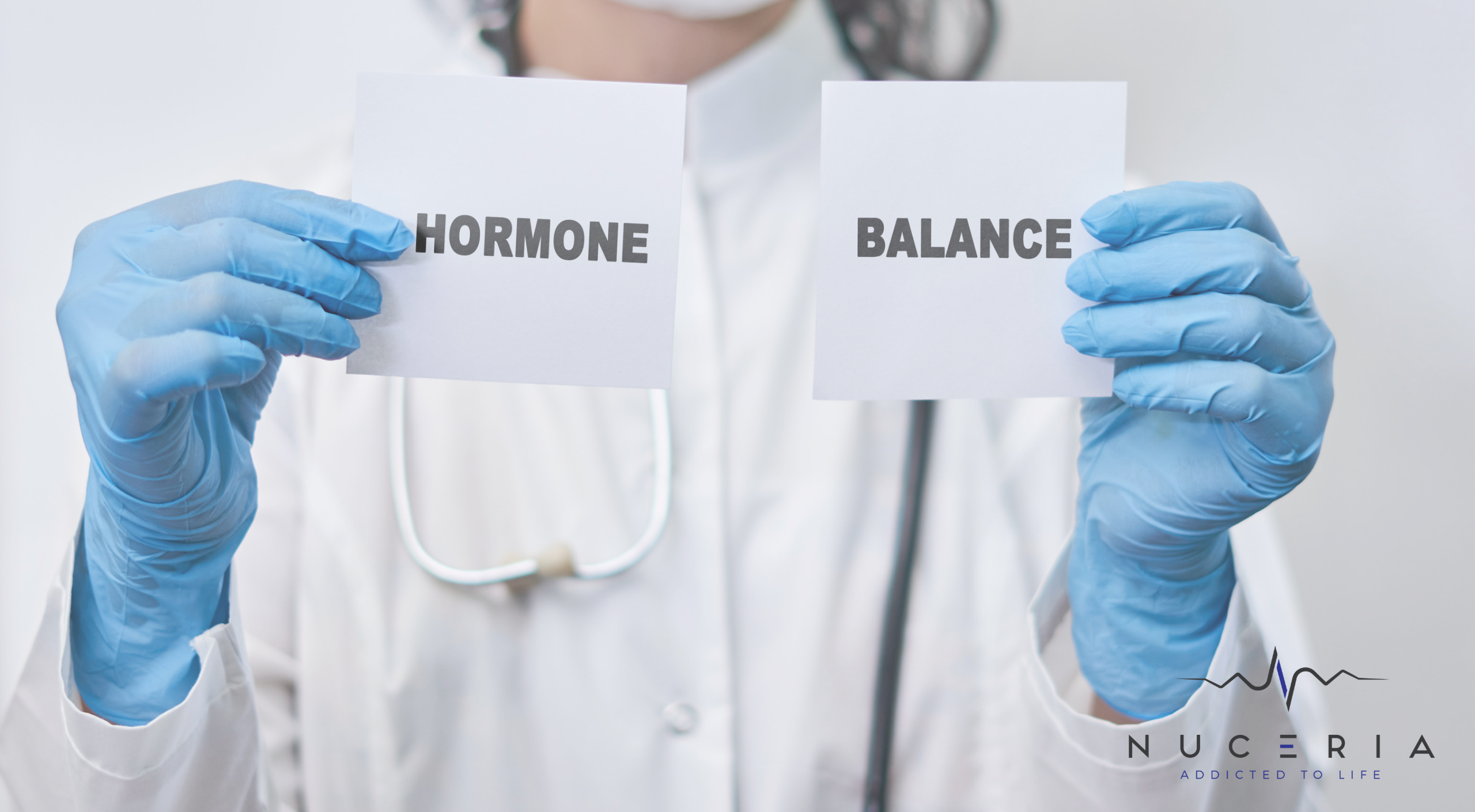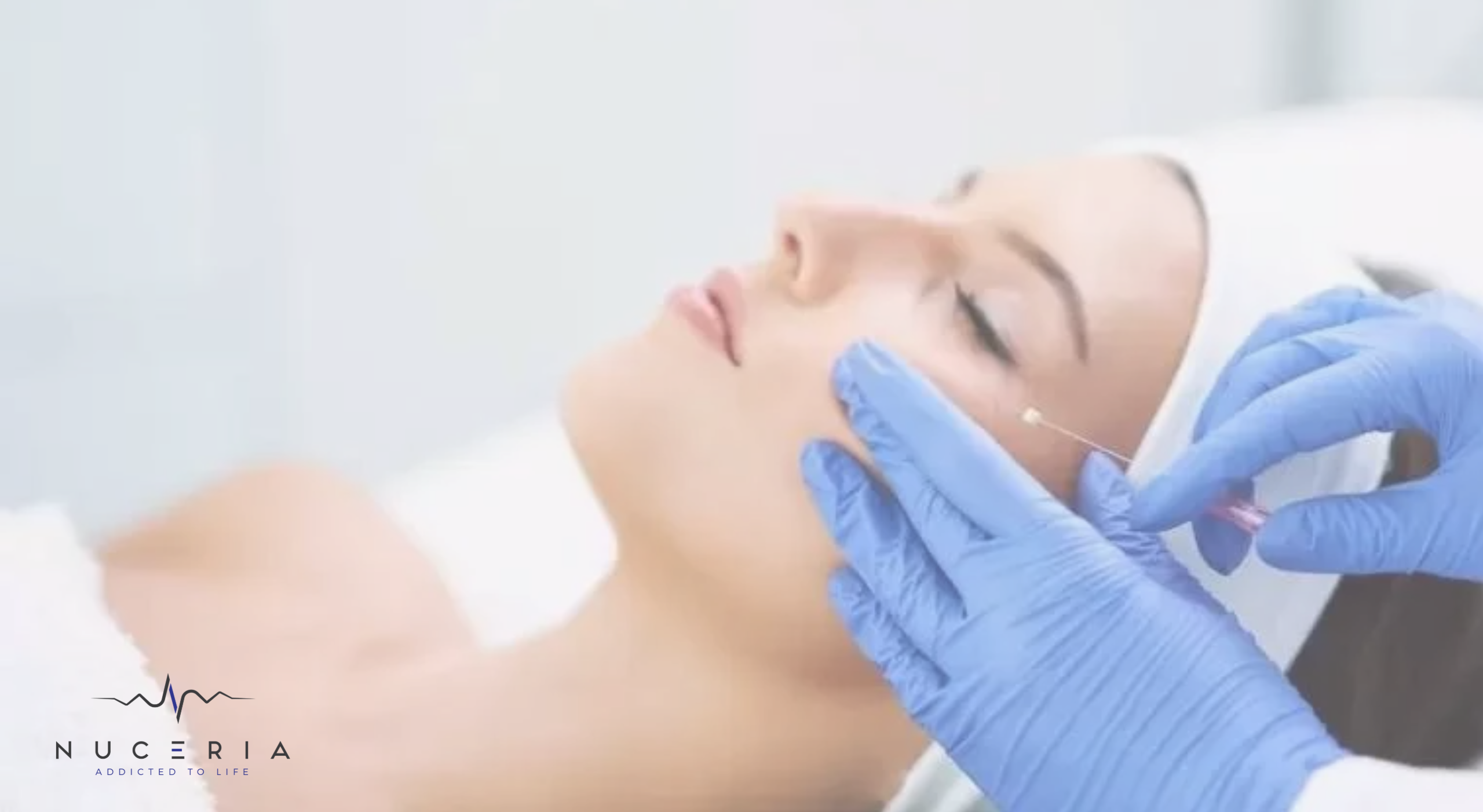Andropause and TRT: What You Need to Know
Often known as male menopause, andropause marks a steady decrease in testosterone levels in older men. Contrary to the sudden onset of menopause in women, the andropause transition occurs more slowly, unfolding over several years. Such a drop in testosterone can trigger a range of symptoms and medical concerns, leading numerous men to pursue testosterone replacement therapy (TRT).
Understanding Andropause
Andropause typically begins in a man's 40s or 50s and is marked by a reduction in testosterone levels. Testosterone plays an essential role in preserving muscle mass, bone density, sperm production, and libido in men. With the decline in testosterone, men might notice symptoms including:
- Fatigue and decreased energy levels
- Reduced libido and sexual function
- Mood swings and irritability
- Loss of muscle mass and increased body fat
- Reduced bone density leading to osteoporosis
- Cognitive decline and memory issues
These symptoms can significantly impact a man's quality of life and overall well-being.
Testosterone Replacement Therapy (TRT)
Testosterone replacement therapy (TRT) is a treatment aimed at restoring testosterone levels to normal, thereby alleviating the symptoms associated with andropause. Various methods can administer TRT, including:
- Injections: Healthcare providers typically administer intramuscular injections every 1-2 weeks.
- Topical Gels: Gels or patches are applied to the skin daily.
- Implants: Pellets inserted under the skin every few months.
- Oral Tablets: Less standard due to potential liver toxicity.
Before starting TRT, men need to undergo thorough testing and evaluation by a healthcare provider specializing in hormone therapy. These tests include blood tests to measure testosterone levels and assess other health factors such as prostate health and cardiovascular risk.
Types of tests conducted to assess testosterone levels and related health factors include:
- Total Testosterone Test: This assessment gauges the total testosterone levels in the blood, encompassing testosterone that is free (not attached to proteins) and that is protein-bound.
- Free Testosterone Test: This test assesses the amount of testosterone that is not bound to proteins and is available for use by the body.
- LH (Luteinizing Hormone) Test: Evaluates the hormone crucial for testosterone production in the testicles, indicating how well natural testosterone production is functioning.
- FSH (Follicle-Stimulating Hormone) Test: Alongside LH, FSH regulates testosterone production and testicular function.
- PSA (Prostate-Specific Antigen) Test: This test evaluates prostate health, as TRT can affect PSA levels.
These tests are essential for assessing hormonal health and determining the suitability and safety of testosterone replacement therapy for an individual.
Benefits and Risks
TRT can provide significant benefits for men experiencing symptoms of andropause, including improved mood, energy levels, and sexual function. However, like any medical treatment, TRT carries potential risks and side effects, such as:
- Heightened Cardiovascular Concerns: Research has presented varying outcomes concerning the heart-related risks linked to TRT.
- Prostate Well-being: Concerns are raised about the possibility of Testosterone Replacement Therapy (TRT) worsening prostate enlargement or elevating the risk of developing prostate cancer, though this topic is still under debate.
- Infertility: TRT can suppress sperm production, potentially affecting fertility.
Additional Considerations
Bone Health: Low testosterone levels can result in decreased bone density and osteoporosis in men. Ensuring sufficient vitamin D intake and participating in weight-bearing exercises is essential to support bone health in conjunction with TRT.
Monitoring: During TRT, it's vital to have a healthcare provider routinely monitor the patient to fine-tune the dosage and identify any potential side effects or complications early.
Emotional Well-being: It's crucial to address the emotional effects that andropause can have. Men can manage mood swings and the psychological effects of hormonal changes with the help of counseling or joining support groups.
Conclusion
(TRT) offers a viable treatment option for those experiencing significant symptoms. However, men must weigh the benefits and risks of TRT carefully and consult with a healthcare provider to determine the best course of action based on individual health needs and goals.
Understanding andropause and the role of testosterone replacement therapy empowers men to make informed decisions about their health and well-being as they age
FAQs About Andropause and TRT
1. What are the common symptoms of andropause?
- Common symptoms include fatigue, reduced libido, mood swings, loss of muscle mass, and cognitive decline.
2. Who is a candidate for testosterone replacement therapy?
- Candidates typically include men experiencing significant symptoms of low testosterone confirmed by blood tests.
3. How long does it take to see results from TRT?
- Many men report improvements in symptoms like energy levels and libido within a few weeks to months of starting TRT.
4. Are there natural alternatives to TRT for treating andropause?
- Lifestyle changes, such as regular exercise and a balanced diet, may support testosterone production. Still, they may only partially replace the need for TRT in severe cases.
5. What are the risks associated with testosterone replacement therapy?
- Risks include potential cardiovascular issues, prostate health concerns, and suppression of sperm production.
Request an appointment here: https://mynuceria.com or call Nuceria Health at (305) 398-4370 for an appointment in our Miami office.
Check out what others are saying about our services on Yelp: Wellness Center in Miami, FL.







